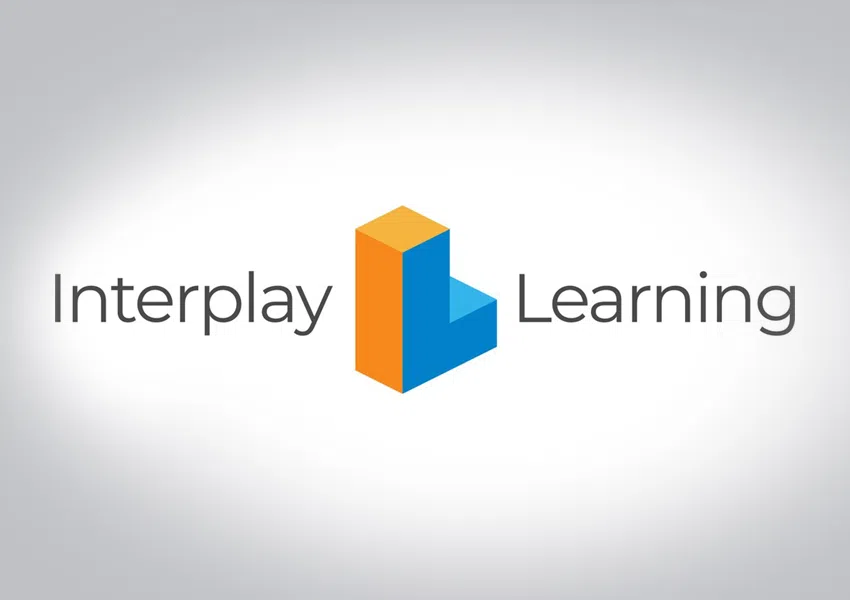The chronic shortage of trained, experienced skilled trades workers is the most urgent issue facing HVACR business owners.
Employers in every industry are challenged by today’s labor market. In the skilled trades industries, the current employment crunch is just the latest development in an ongoing recruiting crisis.
Creative Solutions for Recruiting
Over the last several decades, several factors have contributed to an ongoing shortage of skilled labor in the home and commercial services, construction, and manufacturing segments of the industry. Among these factors is an aging workforce; fewer young Americans entering careers in those industries; economic disruptions like the 2008 financial crisis, and COVID-19. Also, the millennial zeitgeist asserts that a successful career requires a four-year college degree. While it is changing, there is a cultural stigma surrounding blue-collar work. That combined with a lack of information about the range of opportunities, and clear pathways for advancement in a trades-related career – all, contribute to the labor gap facing home services trades today.
According to a recent survey of more than 2,000 people working in the trades, 68% of employers have struggled to hire skilled workers and 33% said they could not fill open positions. More than half (52%) say the lack of workers is impacting their company’s growth, and 68% say they could grow their business if they had more available workers.
Like any other challenge, however, the labor shortage in the skilled trades presents a unique opportunity to find creative solutions. It is also true that business owners who effectively implement strategies to close the labor gap, increase productivity, improve their company’s culture, and distinguish their companies from the competition. In the end, that’s a proven roadmap for success and growth in any market.
Of all the strategies for closing the labor gap, effective in-house training has emerged as one of the most reliable.
What’s the goal of an in-house training program?
There are a lot of reasons contractors should provide effective training to their teams. Training increases efficiency and productivity. It reduces errors. It improves morale. It enhances customer experience. It attracts talent and reduces turnover.
For many business owners, however, the best answer is the simplest one. The goal of training is to equip new employees with the skills they need to go to job sites on their own and produce revenue.
Since technicians with education and experience are in short supply, contractors must find another option. A reliable, effective internal training program can be a powerful tool for developing talent quickly.
With a good in-house training system, business owners and managers can identify and recruit capable people who may lack specific technical skills and provide focused, flexible, ongoing learning that will rapidly prepare them for the job. Contractors who can turn that into a repeatable process will have a dependable pipeline for transforming raw talent into high-earning technicians who will serve as the foundation for their company’s growth.
Does traditional training work?
Training across industries is evolving, and that includes the skilled trades. Some familiar methods no longer deliver the results they once promised. New technologies and processes are required to connect with the young audience that will help contractors close the labor gap.
Scheduled classroom training is still a popular option. But the limitations of in-person group learning are readily apparent. It’s difficult to schedule. It’s also expensive requiring significant downtime, and participants may have a wide range of experience and learning styles, making it hard for instructors to focus the training.
When employers don’t see results after investing in classroom education for their teams, they may doubt whether training is worthwhile. The problem is that they still haven’t tried effective, focused, and flexible training designed specifically to rapidly upskill employees and regularly reinforce existing skills.
Other familiar training methods for skilled trades workers include manufacturer’s training, which may include one or two days offsite. These sessions offer in-depth expertise, but techs may not encounter the specific products they learn about for weeks or months, long after the in-depth learning has worn off.
Service professionals and skilled trades workers have often learned on the job by watching other, more experienced techs. When it was the only available option, this method worked. But there are multiple reasons companies can’t rely on this approach in the 21st century.
• Techs aren’t trained instructors. The experience of doing something doesn’t necessarily prepare someone to effectively share their knowledge.
• Techs have bad habits. Without a professional, expert training program, experienced employees are likely to pass on shortcuts and bad habits that could negatively impact the quality of their work, customer satisfaction, and their company’s reputation.
• Techs need a knowledge base. Learning tasks as they arise won’t help new technicians build the foundation of basic knowledge, they need to advance their skills.
What does effective training look like?
Truly effective training that will help skilled trades businesses close the labor gap requires flexibility, accessibility, structure, and personalization. Digital learning facilitated by experts that allows team members to train on their own, at their own pace, and on their own time, is increasingly recognized as one of the most efficient methods for upskilling new employees.
Virtual Training, Flexible Options, and Generation Z
Comprehensive digital training allows new team members to systematically develop the foundational knowledge and confidence they need to be on their own at the job site. Online simulations enable them to practice hands-on with a wide variety of scenarios in a safe environment using a computer, tablet, or virtual reality. This type of ongoing digital program also helps techs to continue adding advanced skills over time.
With 24-7 accessibility, employees have options to thread their training through workflows, taking advantage of downtimes and maximizing revenue during periods of high demand.
Digital platforms offer employers and managers transparency to assign courses, track training, and assess team members as they advance their skills.
Training itself is not a magic bullet for building the best team in your market and growing your company. Effective, targeted training with a demonstrated record of success that drives results and efficiency, however, is one of the most powerful tools contractors can employ to meet the employment challenges they face.
Not only is this kind of flexible, customized online training the most efficient way to match educational material with the range of experience and learning styles you’ll find on most trades teams, but it is also a critical tool for connecting with young talent.
The tech-savvy jobseekers of Generation Z expect employers to provide personalized technology solutions. They also expect companies to empower them with skills that will prepare them to grow in their career. Effectively targeting that audience is a key strategy for closing any skilled trades gap.
Dan Clapper is the commercial HVAC and facilities maintenance market director for Interplay Learning, the leading provider of online and VR training for essential skilled trades. He has more than 25 years of experience in HVAC service and installation, wholesale sales and distribution, and manufacturer training.





